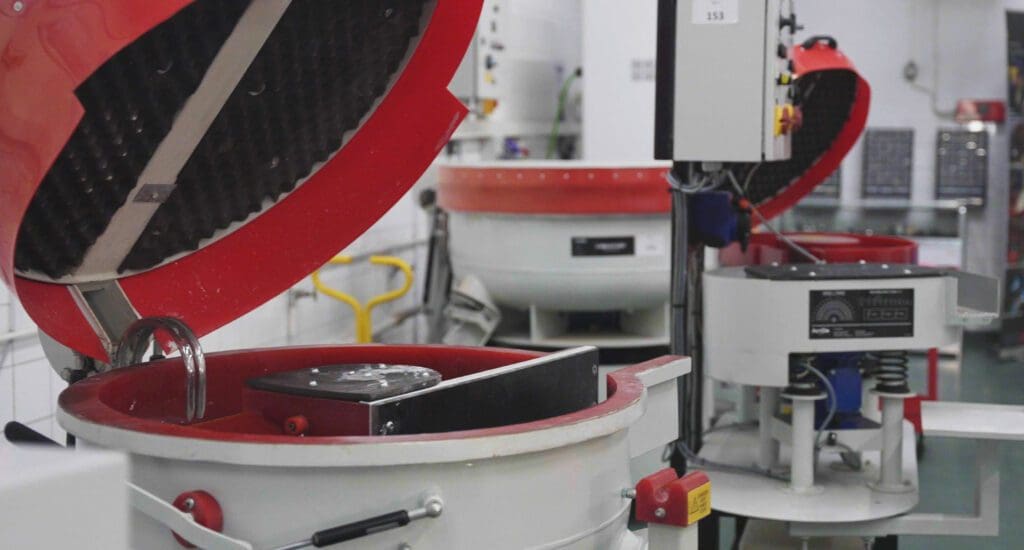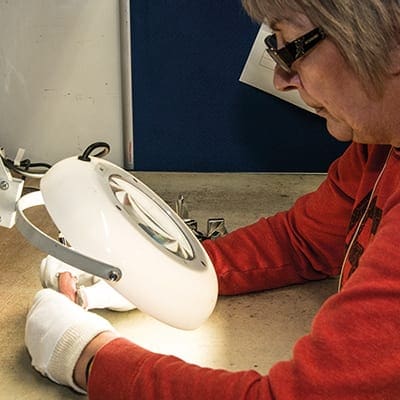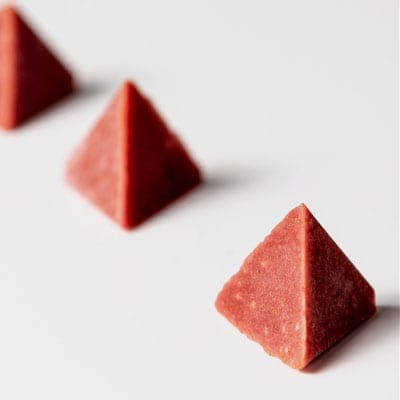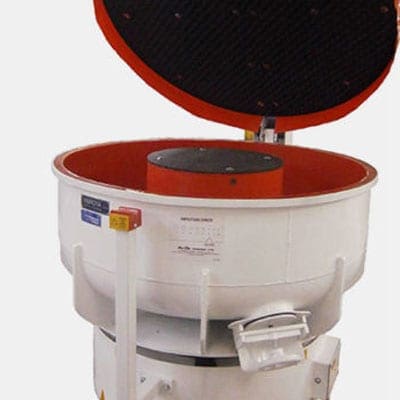
Want to better understand the differences between vibratory bowls and vibratory troughs, their benefits and features? Join us as we discuss all of this to help you decide which one your business should use for processing parts in our video and blog below…
Vibratory bowls
Vibratory bowls can finish very high volumes of parts per cycle. With the option to have a semi-automated separation screen that allows the parts to be separated from the finishing media, without having the manual labour of separating the parts by hand, saving time, resources and money.
Vibratory bowls can process a large variety of sizes and geometries to achieve the desired surface finish, making this choice highly desirable to the consumer.
Our vibratory bowl machines
At ActOn Finishing, we manufacture vibratory bowls in many sizes to suit the application of each project. Discover our vibratory bowl machines, here.
Vibratory trough machines
Trough machines are ideal for large pieces that cannot fit through the channels of the bowl. Vibratory trough machines still have the same action as the vibratory bowl, but will rotate the mass of the media back to front, instead of in a circular motion.
Trough machines can be manufactured up to 5m long to cope with large pieces, however the vibratory troughs are more labour intensive due to the manual unloading of parts, as there is no separation screen, unlike the circular bowl.
Vibratory troughs give more flexibility when you have a low volume production of parts, which come in various sizes and shapes. Additionally, these machines can also be quite compact and space saving. Due to the rectangular shape, they can fit easily against the wall or into a corner of your factory.
Our vibratory trough machines
To combat the lack of separation screen, we’ve developed trough machines with a numatic unloading shoot. It must be noted that with this, you have to reload the media back into the machine, making a vibratory finishing bowl an easier option.
There is another option to have dividers within the chamber of the vibratory trough machine, this is to allow part separation, which will eliminate part on part contact during the cycle – this also has the benefit of allowing different media within each divider, as long as the compound is still the same. Discover our vibratory trough machines, here.
Summary of vibratory bowl benefits:
- High volumes of parts per cycle
- Parts can be easily separated from finishing media
- No need for manual labour
- Can process a large variety of sizes and geometries
Summary of vibratory trough benefits:
- Eliminate part on part contact during cycle
- Different media within each divider
- Ideal for large parts
- Compact
Both machines certainly have their fair share of benefits, the one you choose depends on the size of the parts you have and the finishing results you’re looking to achieve. If you’d like to learn more about our vibratory bowls and trough machines, get in touch with us and we’ll be more than happy to discuss your options.
FAQ’s
What is a vibratory finishing machine?
As a common finishing method in the manufacturing industry, vibratory finishing is an efficient process used to optimise all types of small products and parts. Vibratory finishing machines help you clean and deburr products at a faster pace.
What is vibratory deburring?
Vibratory deburring removes the rough edges from parts and enables them to fit together more efficiently. This leads to fewer part rejections as well as improved safety. In addition, deburring is an important step in preparing parts for painting.
How does vibratory polishing work?
In this stage a combination of media, parts and compounds are placed in a vibrating machine. The vibrations cause the contents to move in a circular motion and the media to grind against the part to get the desired finish.
What is a tumbling barrel?
Barrel finishing, also known as barrel tumbling or vibratory finishing, is a surface improving operation in which a mixture of parts, media and compounds are placed in a six- or eight-sided barrel and rotated at a predetermined speed for the purpose of rounding corners, deburring, grinding, descaling, deflashing, improving surface finish and much more.
What are the different types of finishing?
There are several types of metal finishing such as metal plating, chemical finishing or coating, grinding, buffing, electroplating, and sandblasting. Each process has basic steps with all processes beginning with surface preparation. Metal finishing processes can include anything from technical processes to buffers.












